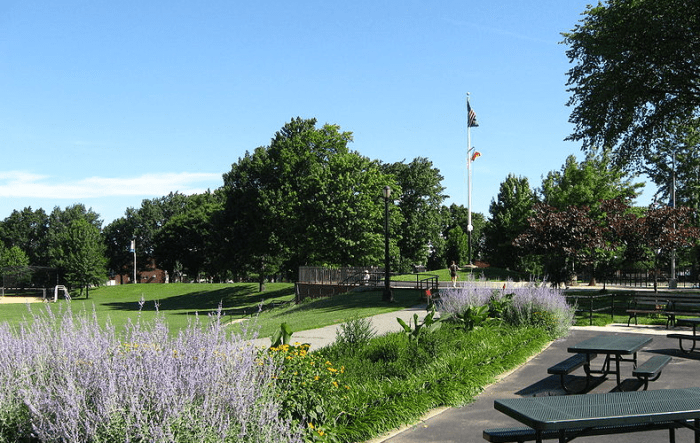By Kenneth Kowald
The first opera I saw was “Faust” at a Saturday matinee of the New York City Opera in what had been the Masonic Temple on 55th Street. I was attending City College at night and working as a copy boy and then a clerk on the city desk of The New York Times.
In those days, we worked half a day Saturdays. The Times had complementary tickets for the opera and gave them to some of us youngsters. We sat up high, but that made no difference.
My mother and father loved music and had good singing voices, but they were not classical music lovers. Like almost everyone of their generation, however, they had listened to and enjoyed Enrico Caruso, who made many records before he died in 1921. He was a star of the first magnitude and deserved his status.
From that Saturday so long ago until now, I have loved opera. For decades, Elaine and I had season tickets to the Met. We never subscribed to the City Opera, but we made contributions to the company and saw many operas there and at Lincoln Center.
When the City Opera went out of business, the world lost a company which was musically excellent and dramatically innovative. Not to have two great opera companies in the city in the center of the universe says something about the world we live in.
One example of the audacity of City Opera took place in 1949, when the world was observing the 25th anniversary of the death of Giacomo Puccini. The Met put on a new production of Puccini’s third opera and first great international success, “Manon Lescaut.” If I remember correctly, the sets, designed by H.M. Krehan-Crayon, were constructed in a building on Queens Boulevard in the Woodside-Elmhurst area.
When Puccini’s final, unfinished opera “Turandot” was premiered in 1926, opera houses around the world, including the Met, played it, but by 1949 there were few people in New York City who had seen it. The City Opera put on a dazzling production, rotating two sopranos in the difficult role of Turandot.
The Met played it safe; City Opera never did.
Today, “Turandot” ranks 15th as the most popular opera in the world. Everyone, it seems, knows “Nessum Dorma.” That was not the case in 1949.
Early in her career, Beverly Sills sang the role of Mimi in Puccini’s “La Boheme,” the most often-played opera in the world. In the beautiful third act, Mimi tries to bid farewell to her lover Rodolfo. Her last words in a lovely aria are, “Addio, senza rancor” — “Farewell, without rancor.”
Sills was not only a great singing actor, but headed the City Opera for some years and turned it from financial problems into a thriving and thrilling era.
For years, Elaine and I had tickets for Saturday night music programs at Queens College. One night, Sills was the soloist. As always, “Bubbles” was marvelous. She sang two encores. I forget the first one, but the second was the final one, as always in her recitals. It was a Portuguese folk song she learned when she was 10, from her only teacher, Estelle Liebling. It begins, “Tell me, why did you leave me?”
Others will tell the story of the rise and fall of the City Opera. The words of that simple folk song are appropriate now.
And so is, from this great admirer of the New York City Opera, “Addio, senza rancor.”
Read my blog “No Holds Barred” at timesledger.com.






























